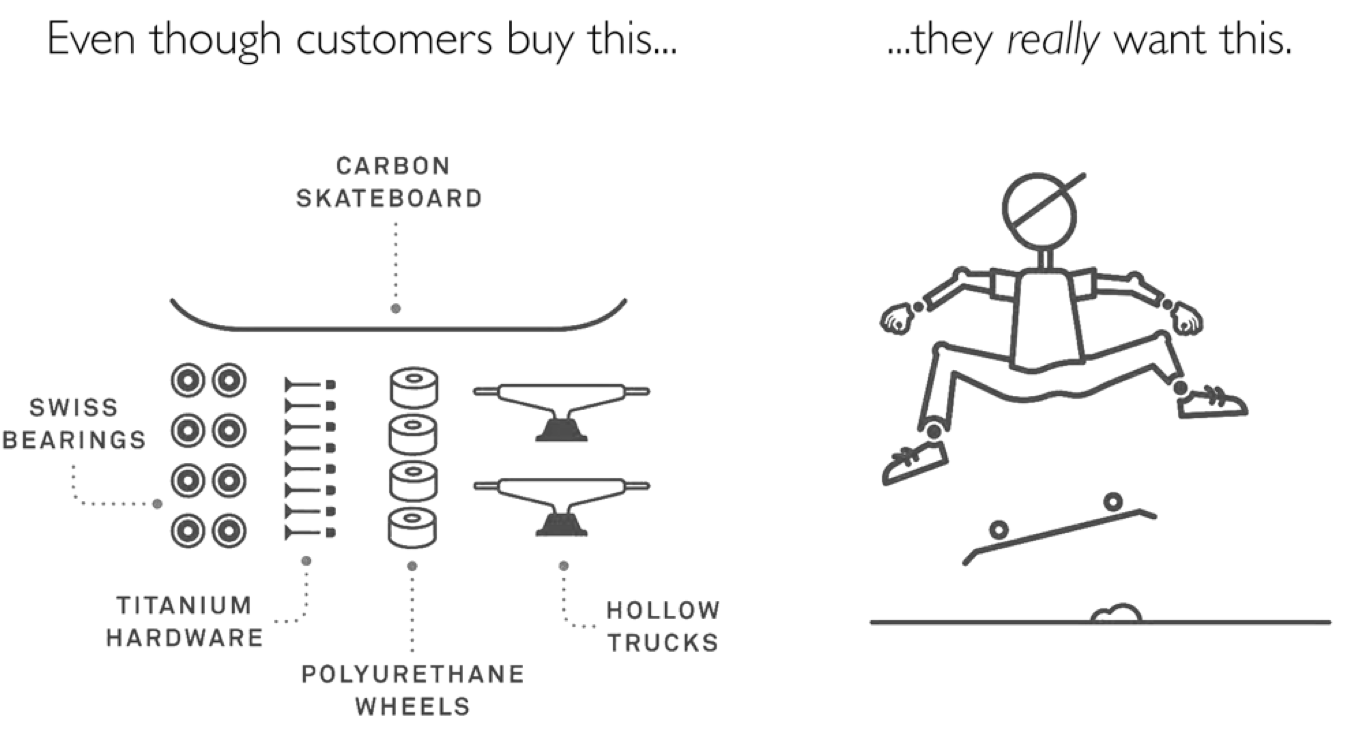Há dias visitei este armazém de uma empresa de calçado:
Estão a ver tudo arrumado, tudo em caixas identificadas, tudo localizado...
Quando se perguntava onde tinham arranjado a estrutura metálica X a resposta foi: na empresa G.
Quando se perguntava onde tinham arranjado a estrutura metálica Y a resposta foi: na empresa G.
Quando se perguntava onde tinham arranjado as prateleiras para caixas Z a resposta foi: na empresa G.
Quando se perguntava onde tinham arranjado os carros metálicos W a resposta foi: na empresa G.
A empresa G é uma serralharia industrial que fornece uma outra empresa do ramo da metalomecânica com que trabalho. Por acaso estacionei o carro perto da G. E ao olhar para o edifício da G. descobri um cartaz metálico na fachada onde listavam o que faziam:
- montras industriais
- estruturas metálicas
- ...
E pensei... tão século XX, tão concentrado no que se faz.
"servicification. This means that the emphasis, when we look at offerings, is no longer on the production process that historically created them as outputs, but in their property as inputs in the value creating process of the customers system."
É o que Alan Klement quer dizer quando mostra isto:
Outro exemplo.
A minha mulher resolveu começar a frequentar um ginásio. Como moramos próximo de um centro comercial, ontem à tarde metemo-nos ao caminho a pé e fomos a uma loja da Sport Zone. Que desilusão!!!
A minha mulher foi lá de propósito à procura de um saco ou de uma mochila para levar as coisas para o ginásio. Entretanto, no caminho começamos a visualizar o seu primeiro dia e demos connosco a enumerar outras coisas que lhe faltavam: um par de toalhas, um aloquete (bem à Puorto), ...
Percebi que a Sport Zone é um expositor de coisas relacionadas com desporto ou com um look desportivo, mas não pensa nas pessoas e no seu contexto. A cerca de 1 km daqui de casa há uma loja da Aldi, há tempos ao olhar para um expositor daquelas tralhas que mudam todas as semanas, reparei num artigo qualquer que parecia ser interessante para a limpeza de um carro. Ao mesmo tempo que classificava o artigo como interessante surgiu um outro pensamento: se calhar seria mais interessante se tivesse um outro a complementar, porque muitas pessoas vão gostar do 1º artigo, mas não comprar por falta do complemento. Desvio o olhar um bocado e ... reparo no tal complemento. Espertos.
Um dia a Sport Zone há-de descobrir que também ela vende inputs e não outputs: em que contexto é que se encontra alguém que vai:
- começar a frequentar um ginásio pela primeira vez? O que precisa?;
- começar a praticar campismo pela primeira vez? O que precisa?
- começar a praticar ciclismo de recreio para abater banhas, ou para melhorar a relação com os filhos, ou para aproveitar o Verão e ... O que precisa?












%2006.21.jpeg)












